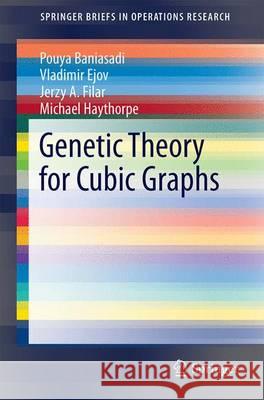Genetic Theory for Cubic Graphs » książka
topmenu
Genetic Theory for Cubic Graphs
ISBN-13: 9783319196794 / Angielski / Miękka / 2015 / 118 str.
Kategorie:
Kategorie BISAC:
Wydawca:
Springer
Seria wydawnicza:
Język:
Angielski
ISBN-13:
9783319196794
Rok wydania:
2015
Wydanie:
2016
Numer serii:
000546574
Ilość stron:
118
Waga:
0.20 kg
Wymiary:
16.3 x 23.8 x 0.9
Oprawa:
Miękka
Wolumenów:
01











